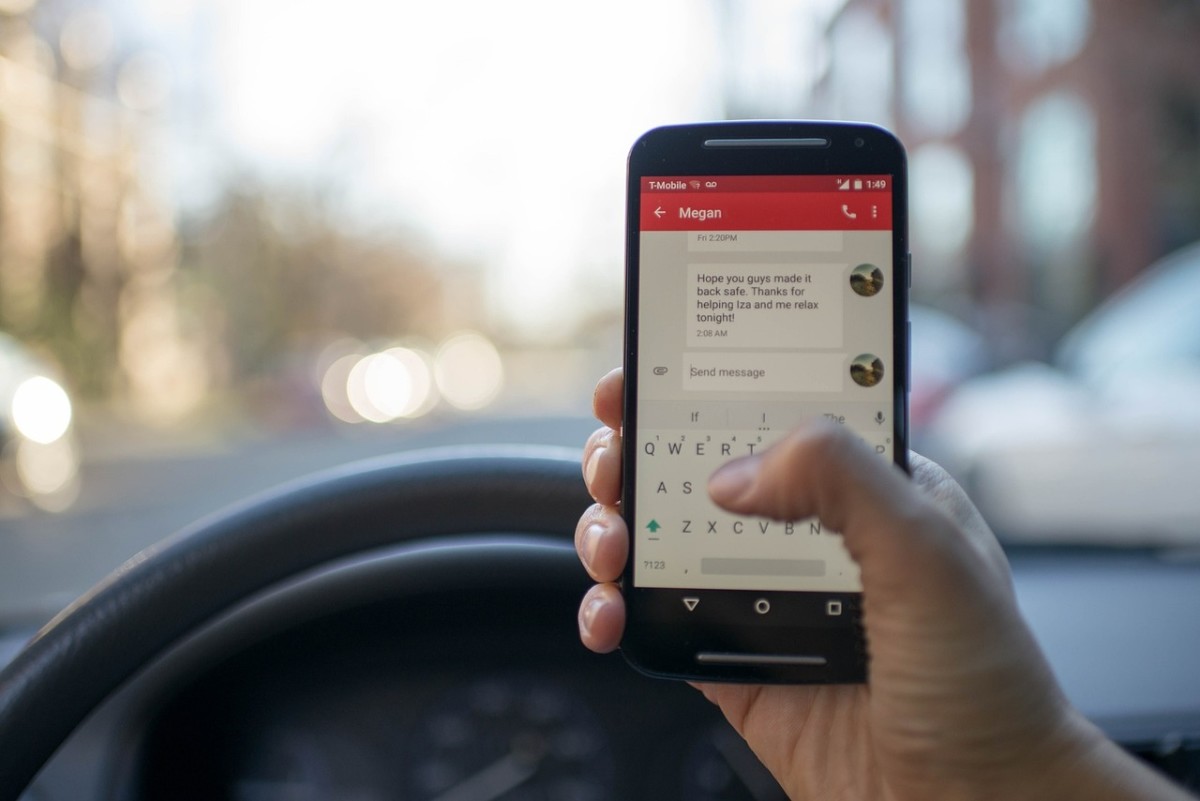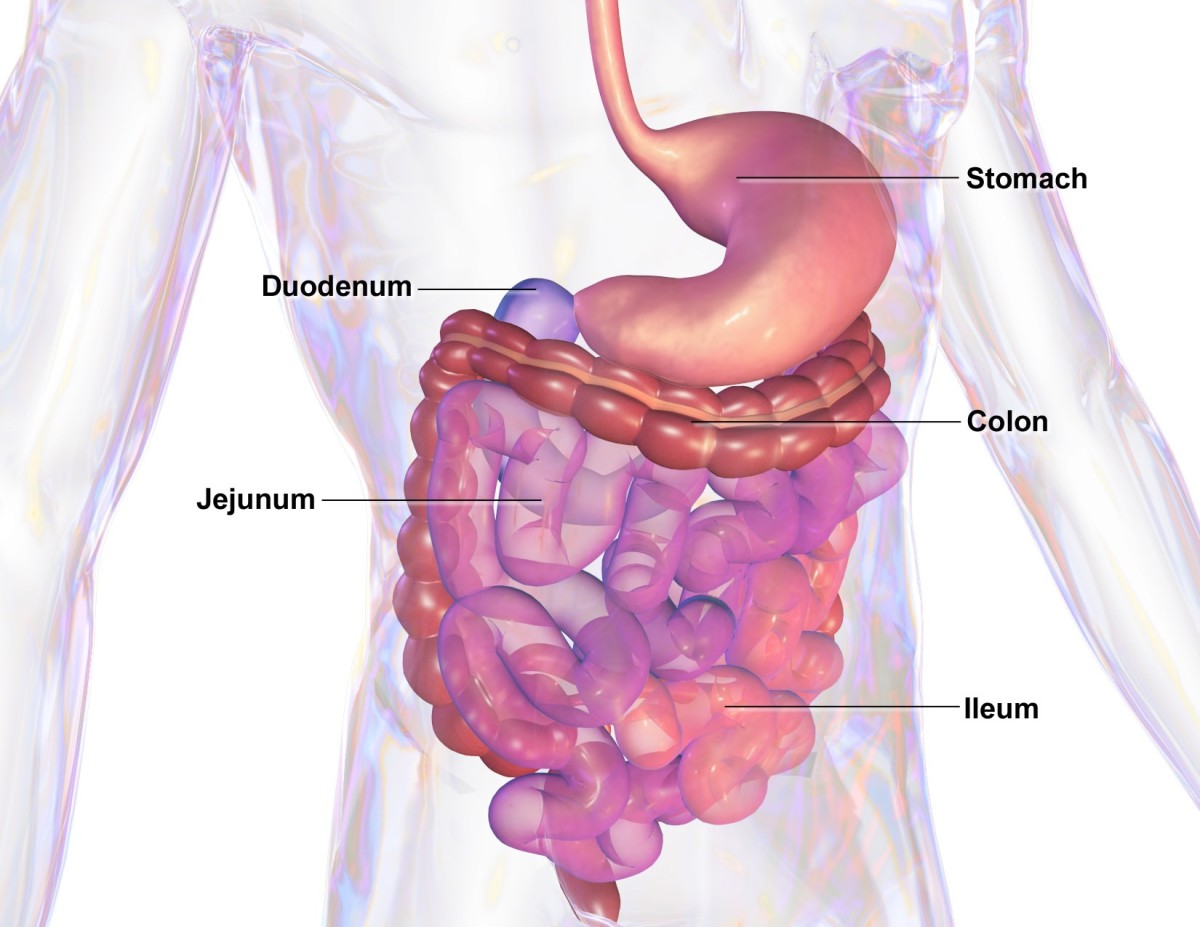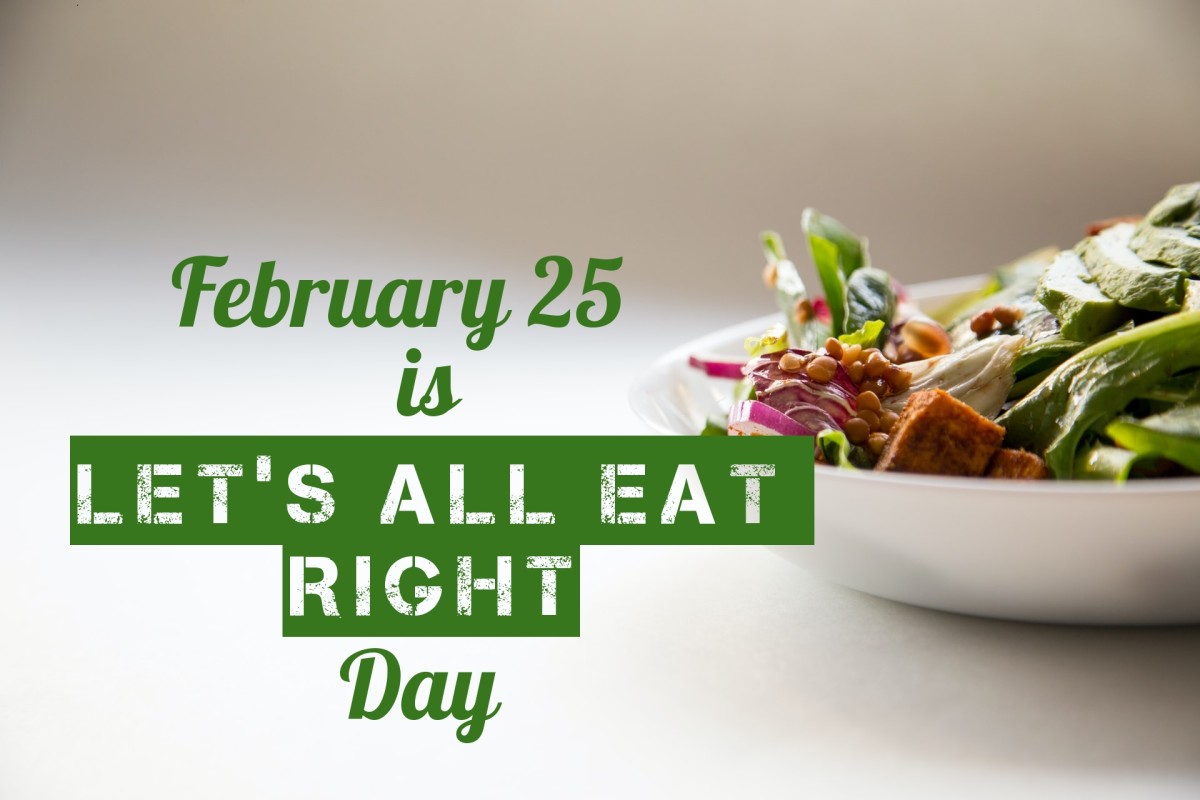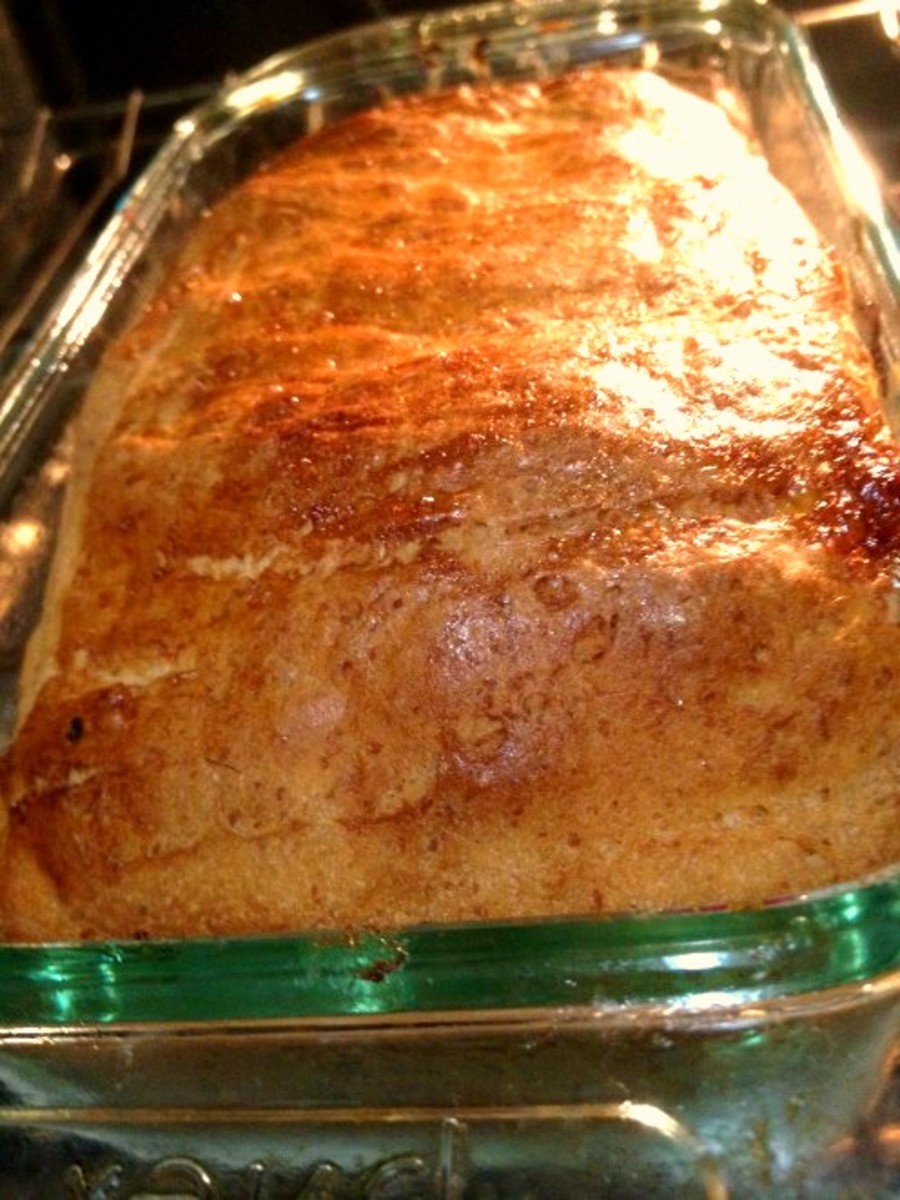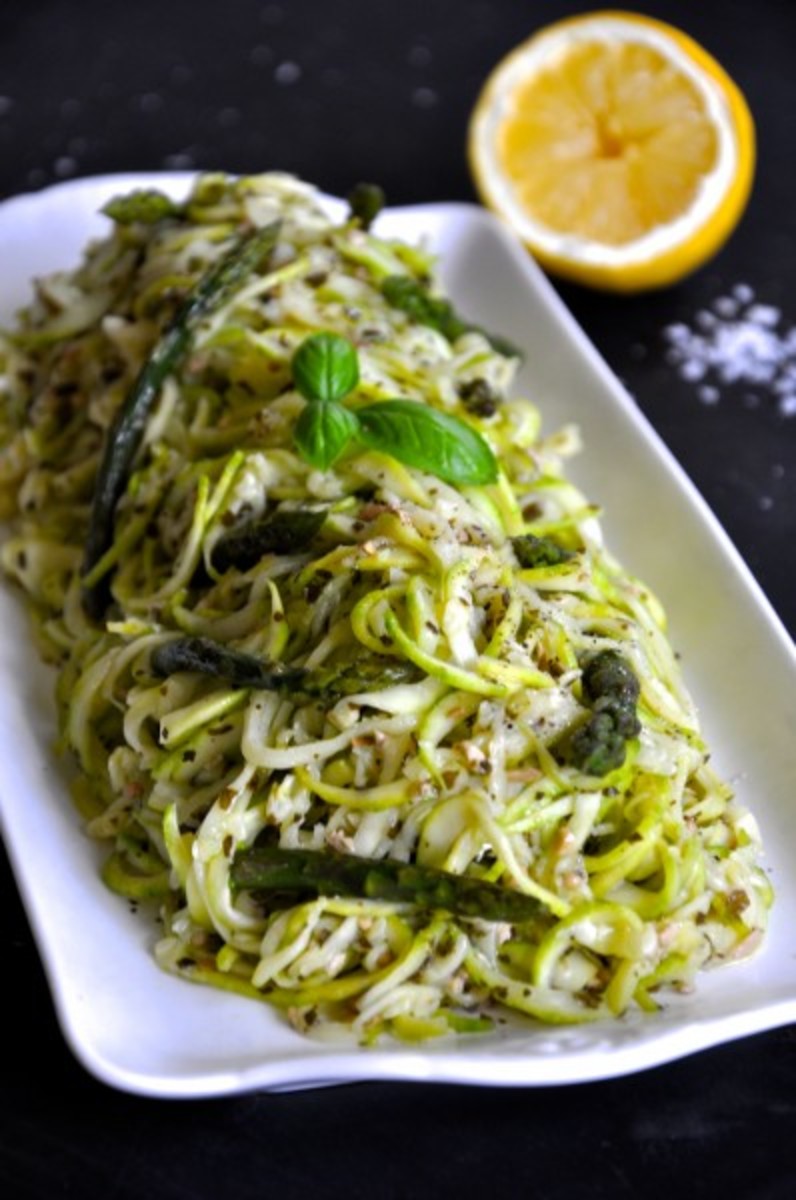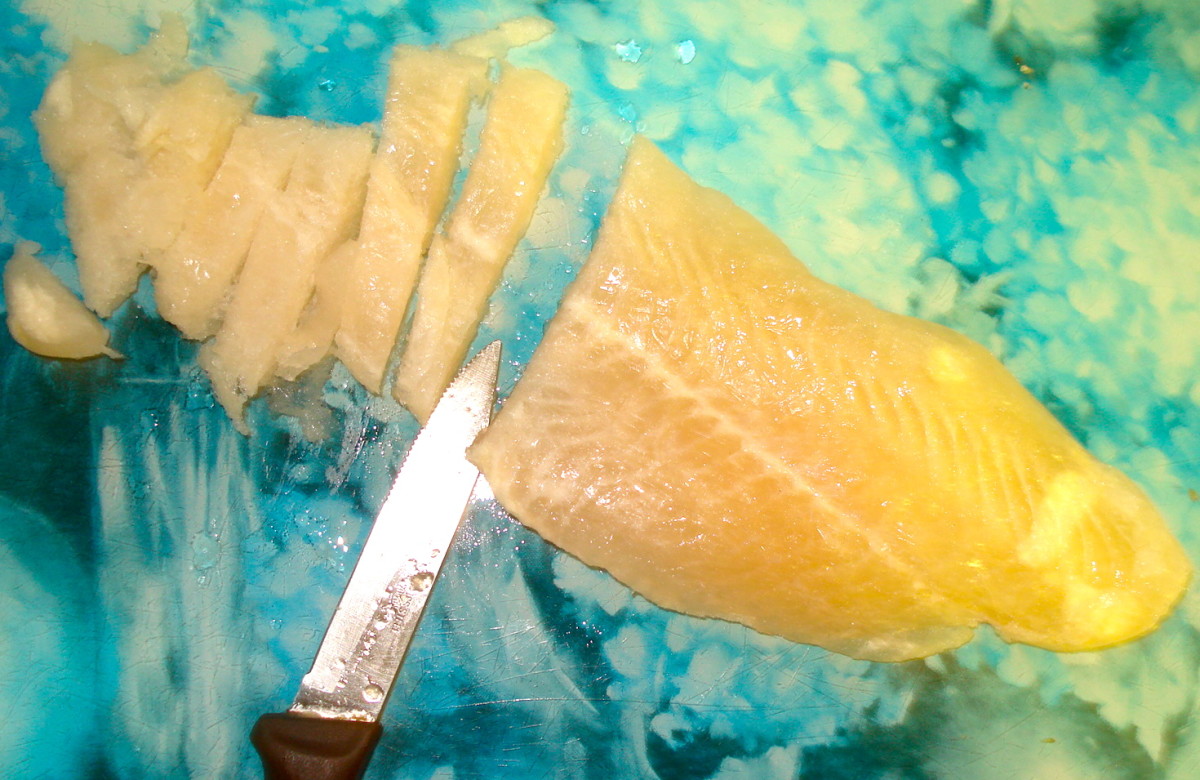The Feingold Program: Is It A Real Option For Kids With ADHD?
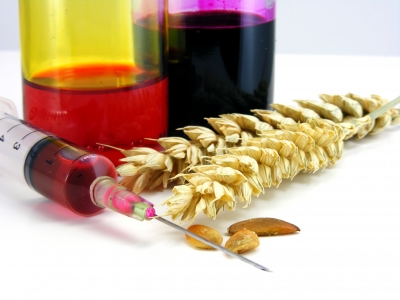
We Are What We Eat But Is What We Eat Why We Do?
Do you monitor your diet and avoid artificial and synthetic ingredients?
Before I jump right into this topic I would like to provide some background on why I am going to write what I do, which I realize may be controversial to some people. I have worked as a Behavioral Consultant in a variety of different school districts and also in a specialized program for children with severe behaviors that prevented them from attending their local school. I have also done private consulting and behavior plan development for state agencies, hospitals, families and therapeutic placement homes. Most of the children I worked with had some type of diagnosis of ADD, ADHD, FAS, Oppositional Defiant Disorder, Conduct Disorder as well as a diagnosis of depression, anxiety or other mood type disorders.
I am not here to promote or bash the Feingold Diet. Rather I would like to try to share with people the reality of staying on this eating plan. Being on the Feingold Diet is a lot like being pregnant. You either ARE or you ARE NOT, there is no sort of. Typically when people talk about being on the Feingold Diet what they mean is that they have eliminated some foods out of their diet or the diet of their child or family. THIS IS NOT BEING ON THE FEINGOLD DIET!! However, this lifestyle change may be giving you very positive results.
The Feingold Association of the United States provides a very comprehensive overview of the diet, the studies and provides many great resources. It also lists a host of symptoms they report are helped by the diet that includes everything from eye and speech problems through to violent aggression, ADHD, Tourette's Syndrome, homework difficulties and bedwetting.
What The Feingold Diet Is
In essence the Feingold Diet removes all synthetic colors, dyes, flavorings and sweeteners from any food, beverages or products that are consumed or used by the individual. It is important to note that not all dyes and flavorings are off limits, only the ones that are synthetic or man-made.
In addition all salicylates (a chemical found in aspirin) are also removed. The plan requires that complete adherence to keeping these foods out of the diet has to occur until the undesirable behavior is eliminated. Then and only then can the reintroduction of these products occur under very closely monitored conditions. If there is a negative response to the foods they are eliminated permanently from the list of appropriate foods for that individual. Since salicylates are dose dependent some people can tolerate some salicylate containing products but not others.
Families or individuals on the Feingold diet do have a range of very healthy food choices. Fresh and frozen vegetables and most fruits are great. Cuts of meat, fish and poultry are also encourage but processed meats, which typically contain flavoring and dyes are not allowed. Vitamins are also not allowed unless you use a brand that has no synthetic preservatives, dyes or colorings. This eliminates almost of the over the counter kids vitamin brands.
Most processed foods including breads, pastries, cookies, and canned foods are off the acceptable list. Baked goods that use any types of dyes or artificial sweeteners are taboo. Candies and other sweet treats made with natural sweeteners and no synthetic dyes are a good option.
Generally sticking to whole, unprocessed foods will keep you within the Feingold Diet. However, there are some common and seemingly healthy foods on the unacceptable list. You should not consume almonds, peaches, many types of berries, oranges, tomatoes, apples or grapes. This is because these foods contain natural salicylates that can trigger sensitivity in some people. Ketchup, pickles and raisins are also off the accepted food list because of salicylates.
Any food from fast food restaurants, or many other types of restaurants is not a good idea since additives, coloring and flavorings are generally used in preparation and presentation.
Books About The Feingold Diet
The Challenge With Children
It is almost impossible, and I mean that sincerely and with utmost regards to the great parents out there, to keep kids on this diet in its pure form. It may be possible if you home school your children and they never go to Grandma's house or if they don't spend time at their friend's house.
It is also more possible if the entire family is on the diet. Keep in mind there are some "treats" that are acceptable and with the health stores and dietary specialty stores online there are more and more Feingold Diet friendly options for popsicles, ice cream, candies, breads and snacks. It absolutely will not work if anyone in the family is eating off of the diet. The kids will sneak a sip of soda, a handful of M&M's or a bite of that processed cheese and the entire diet is off.
School lunches will be another problem. How can you stop your child from trying something from a friend or sharing a snack at a class party? Your child may become stressed just from being always focused on food, something that becomes another possible trigger for outbursts, impulsive behavior and non-compliance.
More Information on the Feingold Diet
- ADHD Alternative Treatments: Feingold Diets, Supplement, and More
WebMD explains alternative treatments used for those with ADHD. Learn more about dietary interventions, metronome training, biofeedback, and other alternative treatments that are used today. - The Feingold Diet
General comments about the Feingold Diet and some cautions. - The Feingold Diet Program for ADHD
The official Feingold Diet website
Does It Work?
There is research that shows that the Feingold Diet does help some kids and adults with ADHD and other types of conditions. The exact reason why it does is less clearly understood and agreed upon. Different people claim that the positive effects seen with the Feingold Diet may be due in part to:
- The placebo effect as parents subjectively believe that the diet is improving the child's behavior
- The placebo effect as children believe the diet is creating a "cure"
- An increased focus on the children that promotes more positive interactions and less undesirable behavior
- More structure and routine in the child's life that addresses some of the issues around ADHD and other behavioral disorders
The Feingold Diet is certainly not harmful from a dietary perspective. Some researchers caution that over emphasis on "bad or dangerous" foods can possibility trigger future problems with eating disorders in children. There is also the risk of children binging on foods when they have the chance, which can be problematic in a variety of ways.
Finally I would like to point out that kids have to learn to both manage their behavior and take responsibility for their actions, both the good and the bad. If you are using the Feingold Diet or just removing dyes, preservatives or artificial sweeteners from your child's diet you also have to do some additional work if there are behavioral problems. Teaching impulse control, anger management, delayed gratification or social and communication skills is just as important for these kids as what they are eating. Food is not responsible for your behavior; ultimately you are and always will be.
Great Additional Information From The Feingold Association of the US
After my initial posting of this hub I was contacted by J. Hersey, Director of the Feingold Association of the US. She was most helpful in providing additional information that families need to consider when choosing this diet option.
I am paraphrasing or copying the information that she provided as follows:
- Information is available through the Feingold Association of the US for teachers, family members and friends about the Feingold program.
- Kids do not have to be strictly following the diet to see results. Usually children on the diet feel better and will self-select the healthier alternative rather than the candy or food choice that contains synthetic diets, preservatives or additives.
- Kids can have a piece of birthday cake or an occasional splurge and older children may choose to only strictly follow the diet during specific times such as exams.
- The Feingold Association publishes a Fast Food Guide that includes fast food restaurants and foods that make eating out on the plan simple for the whole family. Many popular restaurants are also included in the guide and are very Feingold friendly.
- The Association also publishes a book that contains a listing of over 300 pages of acceptable brand name foods that are found in most grocery stores. This includes processed foods, canned foods, breads, desserts and candies.
- Few people need to permanently eliminate the salicylates...children especially seem to be able to reintroduce them later; of course, each person has their own individual sensitivities and tolerances.
- For the parent who is ready and willing to give this a try, I have found that by about the 3rd week it becomes routine. I remind them of how complicated it seemed when they first try driving a car...and now they don't even give it a second thought. We tell people that it will take a bit of adjusting at the start but soon becomes comfortable.
The Feingold Association of the US is there to provide information. Mrs. Hersey recommends that if you are interested in trying the diet contacting the Association and getting information and support is beneficial. Often those parents that try to do it without help may not realize just how easy it can be to stay on the Feingold diet and see the positive behavior changes in children.
To contact the Feingold Association of the United States click HERE.


